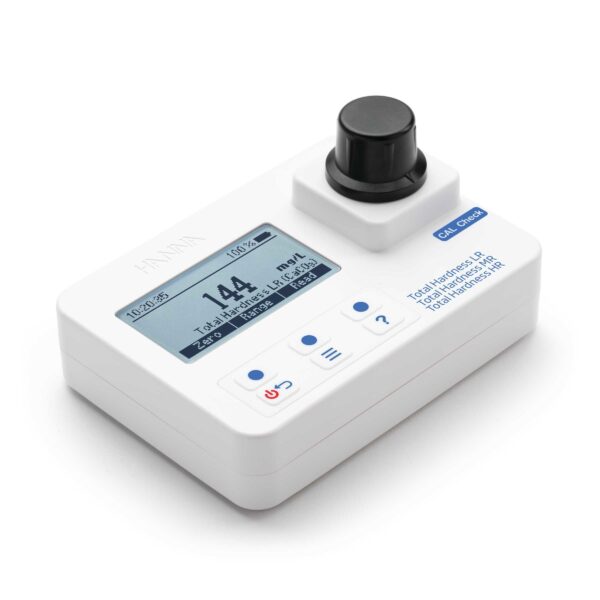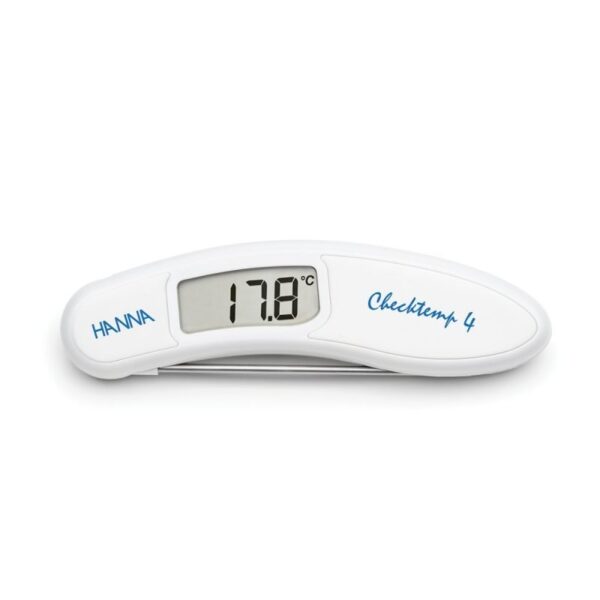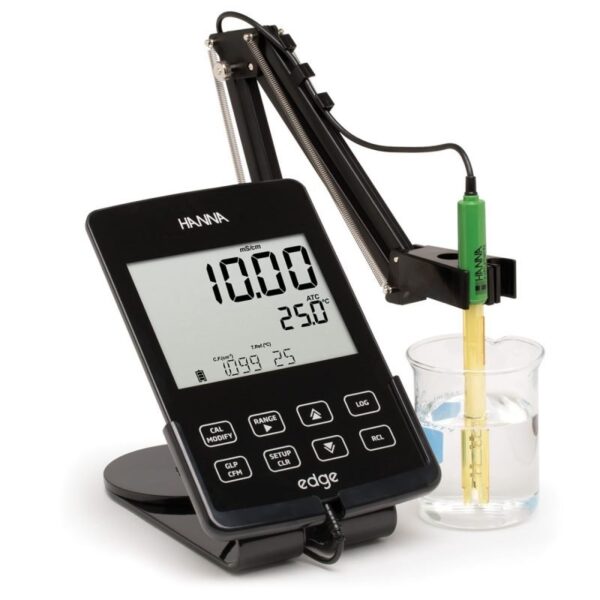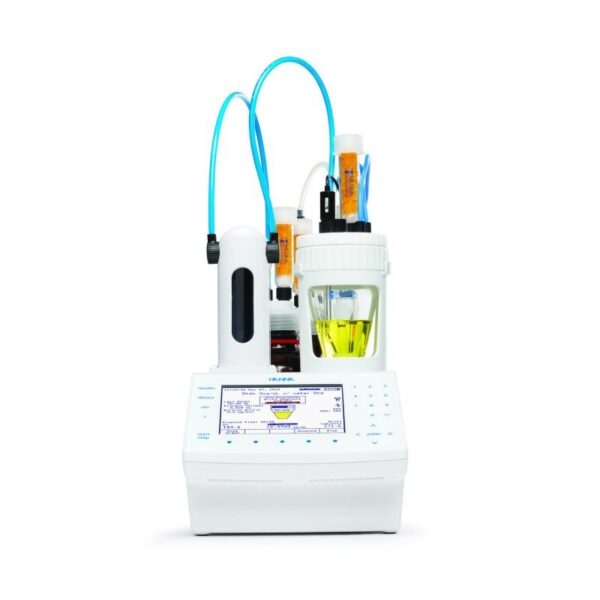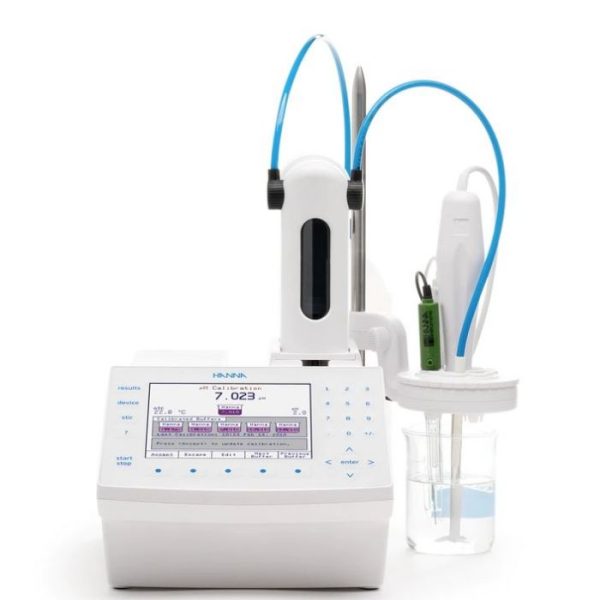Definition of honey
Honey quality requirements correspond to the requirements of the European Union and are defined by the law. According to Codex Alimentarius, honey is a natural sweet substance produced by honey bees (Apis mellifera) from plant nectars or secretions of living parts of plants, excretions of insects that suck sap from living parts of plants, by collecting them, modifying them by adding their own specific substances. , disposed of, dried, stored and left in the honeycomb to mature.
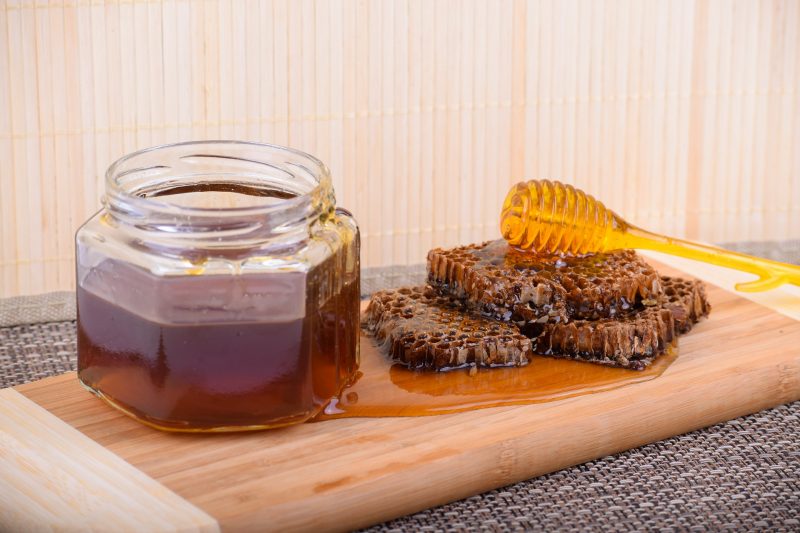

Chemical composition of honey
The most common ingredients in honey are surely carbohydrates, among which fructose and glucose predominate. Substances such as organic acids, enzymes and solid particles enter honey during its formation. The chemical composition of honey largely depends on its botanical origin. Carbohydrates make up the most numerous ingredient in honey, with a share of 73 to 83%. Total reducing sugars (fructose + glucose) are less present in honeysuckle than in flower honey.
Measure easily the content of fructose with Digital Refractometer for % Fructose by Weight Analysis – HI96802 and glucose with Digital Refractometer for % Glucose by Weight Analysis – HI96803
Both HI96802 and HI96803 are rugged, portable digital refractometers for food products designed to report the content of aqueous solutions containing sugar as % glucose by weight (% w/w) or as % fructose by weight (%w/w). They report the results with an accuracy of ±0.2%. The operation of the meters is simplified with only two buttons: one button is to calibrate with distilled or deionized water and the other to take a measurement. All readings are automatically compensated for temperature variations according to the ICUMSA Methods Book standard and displayed within a 1.5 second response time. The sealed flint glass prism and stainless steel well are easy to clean. Just wipe with a soft cloth in preparation for the next sample.
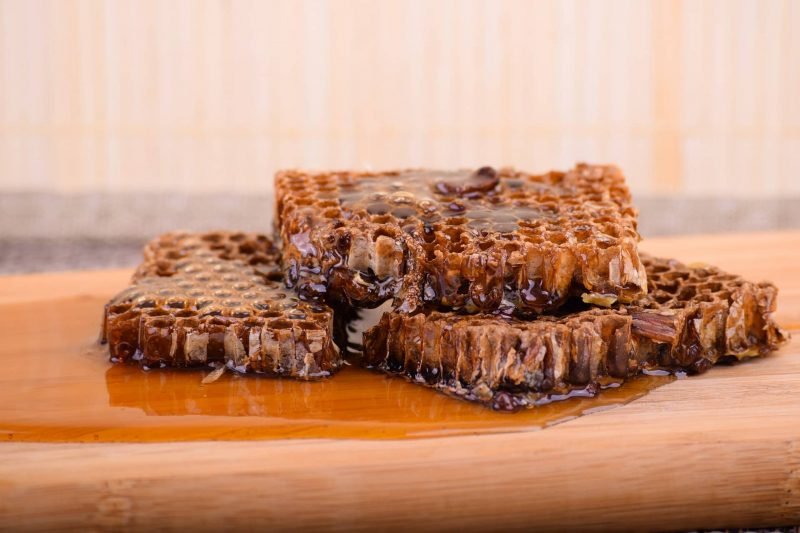

The proportion of water in honey usually ranges between 14.5 and 18.5%. Values greater than these may indicate fermentation. However, some types of honey naturally contain a higher proportion of water (chestnut from 17 to 19%, heather up to 21%). The upper limit for placing honey on the market is defined by law and is 20%. Due to the hygroscopicity of honey, the water content in it is not a constant value, but changes during storage, depending on the amount of moisture in the air.
The remaining components of honey when we exclude carbohydrates and water make up less than 1.5% of honey, and they are: organic acids, nitric substances, minerals.
Composition criteria for honey according to European Union honey legislation
1. Fructose and glucose content (sum of both) | |
— blossom honey | not less than 60 g/100 g |
— honeydew honey, blends of honeydew honey with blossom honey | not less than 45 g/100 g |
2. Sucrose content | |
— in general | not more than 5 g/100 g |
— false acacia (Robinia pseudoacacia), alfalfa (Medicago sativa), Menzies Banksia (Banksia menziesii), French honeysuckle (Hedysarum), red gum (Eucalyptus camaldulensis), leatherwood (Eucryphia lucida, Eucryphia milliganii), Citrus spp. | not more than 10 g/100 g |
— lavender (Lavandula spp.), borage (Borago officinalis) | not more than 15 g/100 g |
3. Moisture content | |
— in general | not more than 20 % |
— heather (Calluna) and baker’s honey in general | not more than 23 % |
— baker’s honey from heather (Calluna) | not more than 25 % |
4. Electrical conductivity | |
— honey not listed below, and blends of these honeys | not more than 0,8 mS/cm |
— honeydew and chestnut honey and blends of these, except for those listed below | not more than 0,8 mS/cm |
— exceptions: strawberry tree (Arbutus unedo), bell heather (Erica), eucalyptus, lime (Tilia spp.), ling heat | |
5. Free acid | |
— in general | not more than 50 milli -equivalents acid per 1,000 g |
— baker’s honey | not more than 80 milli -equivalents acid per 1,000 g |
Source:
Physical properties of honey
The physical properties of honey include crystallization, viscosity, hygroscopicity, electrical conductivity, optical properties, refractive index and specific mass. Physical properties are closely related and depend on the chemical composition of honey. Carbohydrates and water make up the largest part of honey, so the physical properties of honey depend on them the most.
Crystallization
Honey is a supersaturated glucose solution and the transition of excess glucose into an equilibrium crystalline form occurs spontaneously. Glucose is converted to glucose monohydrate, and the water released makes honey more prone to fermentation and spoilage. The tendency to crystallize faster depends not only on the sugar content but also on the ratio of glucose and fructose – more glucose and less fructose means faster crystallization. The most favorable temperature for crystallization is from 10 ° C to 20 ° C, above 27 ° C there is no crystallization.
For checking the temperature of your honey for crysrallisation you can use Checktemp® 4 Folding Thermometer – HI151
The HI151 Checktemp® 4 is a folding thermistor thermometer that can measure temperature up to 300 °C (572 °F). These thermometers offer many advanced features including CAL-Check for an internal verification of the electronics and a motion sensor which eliminates the need of closing and reopening the probe when the meter enters a power saving mode. The Checktemp 4 is available in six different colors which can be assigned to different products to avoid cross contamination in the restaurant, kitchen or production facility.
Electrical conductivity
Electrical conductivity depends on the proportion of minerals. This is a parameter that, in addition to assessing quality, also serves as a criterion for recognizing the botanical origin of honey – more precisely for distinguishing flower honey, with the exception of chestnut honey, from honeysuckle. Given that honeydew honey is characterized by a much higher content of minerals, its electrical conductivity according EU regulations must be greater than 0.8 mS / cm.
For measuring electrical conductivity use edge® Multiparameter EC/TDS/Salinity Meter – HI2030
edge’s groundbreaking design is the culmination of Hanna’s vision, design capabilities, integrated production and world class R&D. The edge meter is only 0.5” thick yet rich in features to accommodate the needs of a vast amount of customers. For those that prefer very simplistic operation there is a basic mode operation with simplified menu and options while for those who require advanced features there is the full featured standard operating mode. The edge HI2030 EC/TDS/Salinity kit can can be upgraded at any time with additional probes to measure pH or Dissolved Oxygen.
Optical properties
Optical activity is the ability to rotate the plane of polarized light, and is related to the composition and content of individual carbohydrates. Fructose has the property of rotating the plane of polarized light to the left, and glucose, all disaccharides, trisaccharides, and higher oligosaccharides to the right. Due to the higher content of fructose, nectar honey turns the light to the left, ie it shows negative optical activity, and honeydew with a higher content of oligosaccharides, especially melecitose and erlose, turns the light to the right, ie shows positive optical activity.
Refractive index
The refractive index is measured by a refractometer that works on the principle of refraction of light when light passes through a solution. The measurement is usually performed at 20 ° C, and the obtained results differ depending on the measurement temperature. With the help of refractive index data, we can calculate the proportion of water in honey. To determine the mass fraction of water in the honey, prepare a sample according to the IHC protocol and measure the refractive index using a refractometer at 20 ° C. Based on the measured refractive index, the amount of water (% m / m) was calculated using the table for calculating the water content in honey (Source of table: https://www.ihc-platform.net/ihcmethods2009.pdf).
For measuring refractive index Hanna Instruments has simple solution Digital Refractometer for Refractive Index and Brix – HI96800
Hanna’s new HI96800 Digital Refractometer measures Refractive Index and displays results in both temperature compensated (nD20) and non-temperature compensated (nD) formats on the dual-level LCD screen. The HI96800’s intuitive layout and pinpoint accuracy ensures effortless operation and reliable readings every time.
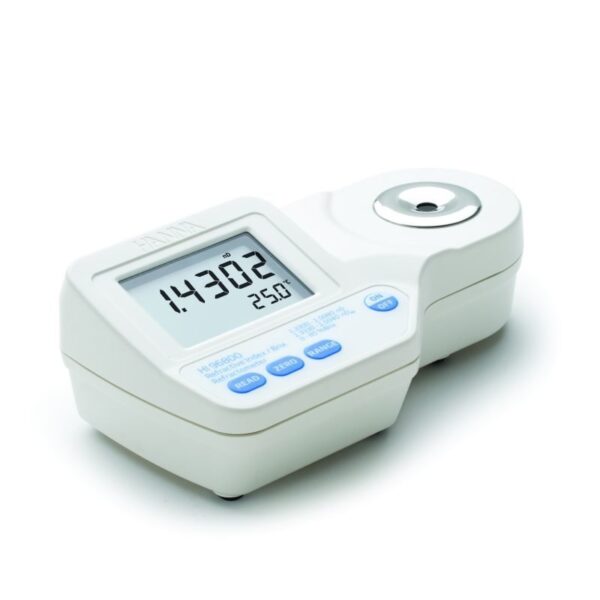

Refractive Index is measured to determine a liquid’s composition and assess its concentration and density. It is used by many industries including pharmaceutical, food and environmental, as an important indicator of quality and consistency. The HI96800 also converts Refractive Index to % Brix with the push of a single button.
For easier and more exactly measuring of water in honey, without using tables, use Volumetric Karl Fischer Titrator – HI933
For scientists and professionals who need exact water content determination from 0.01 to 100%, our new generation of the Volumetric Karl Fischer Titrator is engineered to meet or exceed your technical requirements while delivering a lower cost of ownership. With cutting-edge features packed into a compact design, this titrator delivers accurate results and requires less space in the lab. Get accurate water content determination at the push of a button. Designed for the modern lab, this Karl Fischer titrator is the perfect fit for your testing environment.
Color of honey
The color of honey can vary from almost colorless to dark brown. The color of honey can range from light yellow – almost transparent, to dark brown. Acacia is the lightest honey, and very bright are clover honey and meadow honey, while the darkest is chestnut honey. Darker honeys include buckwheat honey and honeydew. Linden honey is reddish in color. Crystallized honey takes on a lighter color because the glucose crystals are white. Honey darkens more intensely if stored at a higher temperature.
To determine the color of honey Hanna Instruments has a solution Honey Color Portable Photometer – HI96785
The HI96785 Honey Color Portable Photometer is used to measure the transmittance of light in order to determine the color of honey. The HI96785 combines accuracy and ease of use in an ergonomic, portable design that ends the days of judging color by “eye”. Hanna’s portable photometers feature an advanced optical system; the combination of a special tungsten lamp, a narrow band interference filter, and silicon photodetector ensure accurate photometric readings every time.
Determination of honey acidity
Acids are naturally present in honey, and their concentration is determined by law. The titration method is most often used to determine acids in food. You will determine the acids in honey by titrating the prepared honey sample to neutralization with 0.1 mol / L sodium hydroxide with phenophthalein as an indicator.
For measuring free acids in honey there is simple device from Hanna Automatic Potentiometric Titrator – HI931
The HI931 Automatic Titrator is the answer to your dedicated titration needs. Fully customizable, the HI931 delivers accurate results and intuitive user experience, all in a compact package. Titrate for a variety of measurements at the push of a button including acids, bases, redox, and selective ions. No additional programming upgrades to purchase. The only things you need to start using the HI931 are a sensor and titrant.
Author:
Tajana Frančić, mag.nutr.

